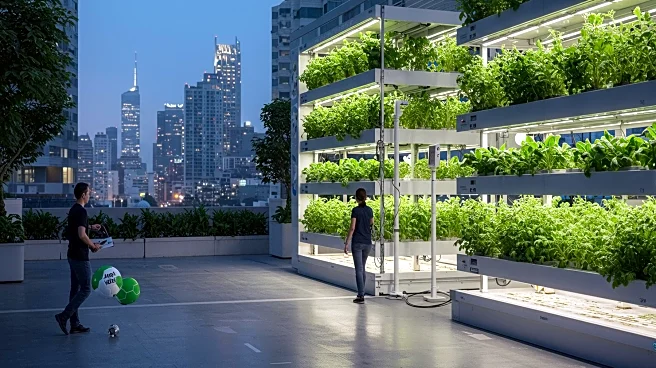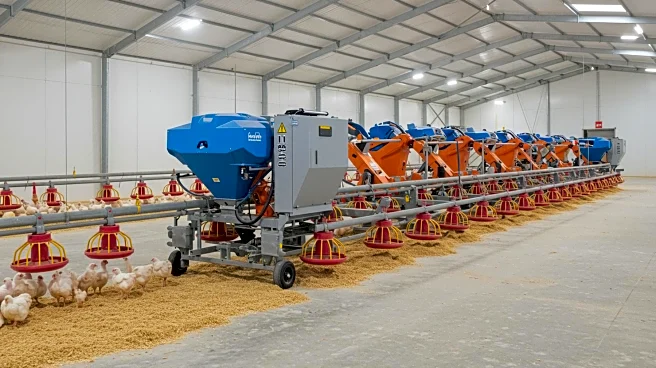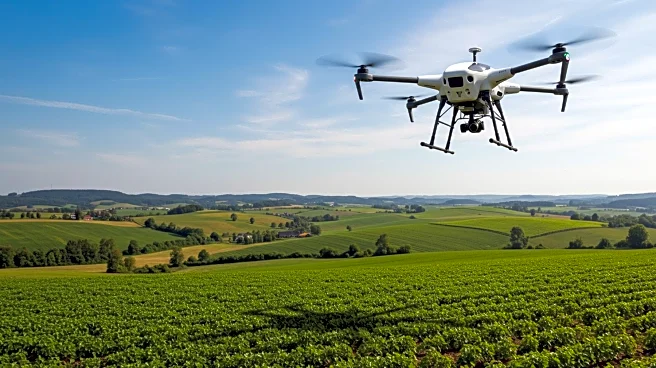Rapid Read • 8 min read
The global agriculture crop insurance market is projected to experience significant growth, driven by key players such as Munich Re, Swiss Re, Allianz, AXA, Zurich, AIG, QBE, Sompo, and Chubb. According to HTF Market Intelligence, the market is expected to expand at a compound annual growth rate (CAGR) of 7.4% from 2025 to 2032, increasing from $44 billion in 2025 to $78 billion by 2032. This growth is attributed to the increasing need for insurance products that protect farmers against yield, weather, and price risks. The market is segmented by types, including multi-peril crop insurance, weather-index, named-peril/hail, revenue & price protection, livestock & dairy, parametric, area-yield, and micro-insurance. The Asia-Pacific region currently dominates the market, while North America is the fastest-growing region.
AD
The expansion of the agriculture crop insurance market is crucial in enhancing resilience against climate volatility, which poses significant risks to agricultural productivity. By providing financial protection to farmers, these insurance products help stabilize income and encourage investment in sustainable farming practices. The involvement of major insurance companies indicates a robust interest in addressing climate-related challenges, potentially leading to more innovative solutions in risk management. This growth also reflects the increasing reliance on technology, such as satellite and IoT data, to improve underwriting and expedite claims processing. As the market grows, it could lead to more comprehensive coverage options and better support for farmers globally.
As the agriculture crop insurance market continues to expand, stakeholders can expect further advancements in digital technologies to enhance insurance offerings. The integration of remote sensing and parametric triggers may become more prevalent, providing faster and more accurate claims processing. Additionally, the collaboration between private insurers, reinsurers, and public subsidies/reinsurance is likely to strengthen, offering more robust protection against climate-related risks. The market's growth may also prompt regulatory changes to accommodate new insurance models and ensure fair practices.
The growth of the agriculture crop insurance market may have broader implications for global food security. By mitigating financial risks for farmers, insurance products can encourage the adoption of sustainable agricultural practices, potentially leading to increased productivity and reduced environmental impact. Furthermore, the market's expansion could drive policy changes aimed at supporting climate resilience in agriculture, influencing international trade and economic stability.
AD
More Stories You Might Enjoy










